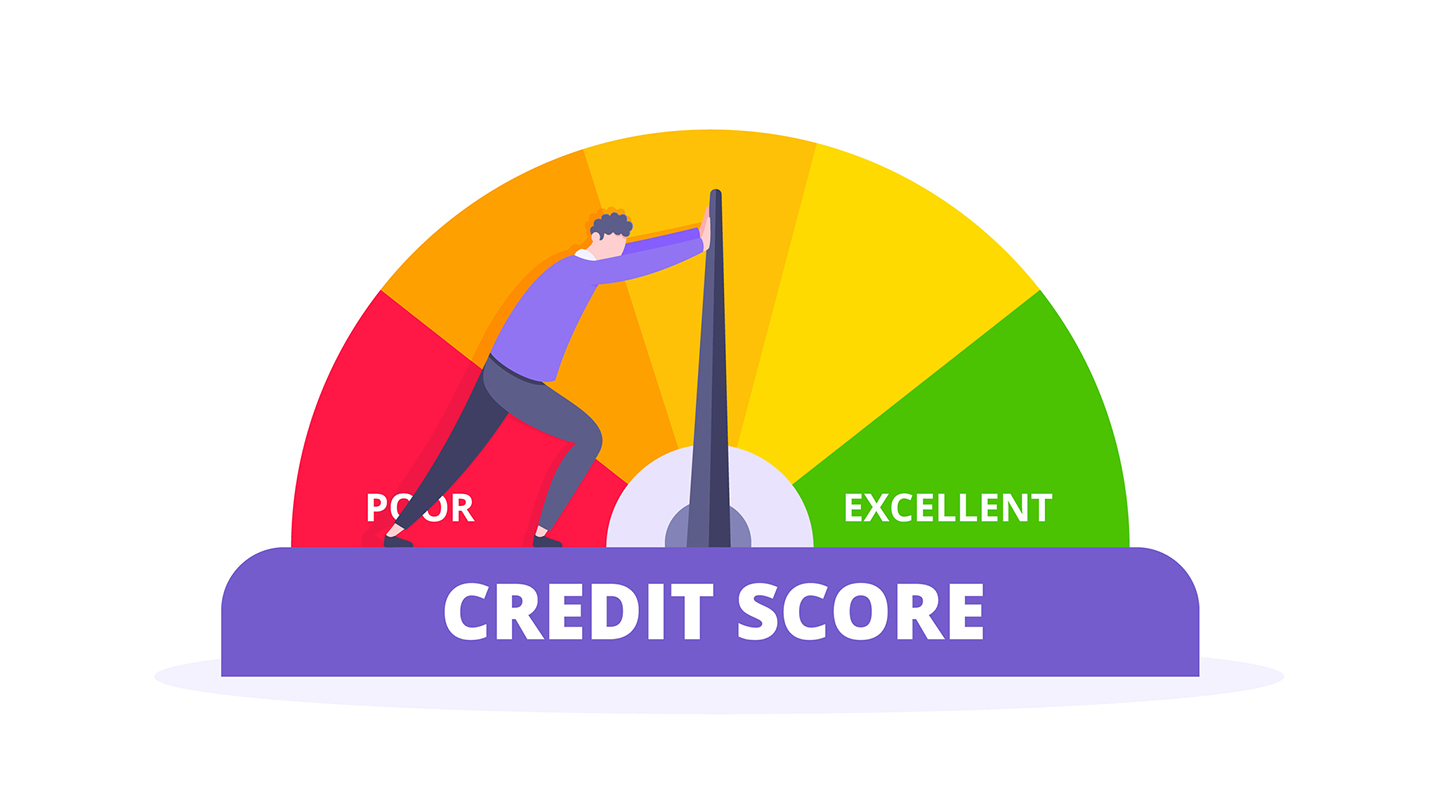Financial institutions have been in the forefront of developing sophisticated marketing strategies. However, thanks to the rapid development of digital technology and the ways that financial institutions interact with their clients has significantly changed. Digital transformation has altered the way that financial institutions, ranging from insurance companies to banks as well as fintech startup companies communicate with customers, requiring them to develop new strategies for marketing that build trust, value and loyalty. In a time when customers’ expectations are always increasing level, financial institutions need to be able to make a mark in a competitive and controlled industry.
This piece will discuss the ten ways that companies have mastered financial marketing via digital channels and will highlight the strategies and techniques that have resulted in success. From personalization to engagement on social media Brands who have succeeded in navigating the digital landscape offer useful information for anyone who are looking to boost their own efforts to market themselves financially.
1. Leveraging Data-Driven Personalization to Engage Customers
Data is an essential asset in today’s digital world and financial institutions are increasingly making use of data analytics to tailor customer interactions. One of the most renowned companies that are thriving in this field is American Express. American Express has successfully used personalization methods to craft specific marketing messages according to individual spending patterns such as financial behavior, lifestyles, and other preferences.
The American Express “Offers” program is a excellent illustration of how financial institutions make use of data to provide customers with personalised offers. Through analyzing the purchase history of customers, American Express sends personalized deals to cardholders, offering discounts or special offers based on their spending patterns. This personalization process is not just a way to increase satisfaction of customers but also boosts engagement as well as usage and loyalty.
Customized email marketing and the dynamic web content and personalised advertisements are now the norm for financial companies to interact with their customers. Utilizing data from consumers to design experiences that are tailored that improve the likelihood of turning leads into loyal customers and generating the value for both sides.
2. Educating Consumers Through Content Marketing
Content marketing has emerged as among the top efficient methods used by financial institutions to establish trust and provide education to their customers. Chase one of the biggest bank across the United States, has made important strides in offering valuable financial education with its digital content. Chase’s educational program, “Chase Learning Center,” provides consumers with access to free resources for topics like budgeting, managing credit scores and saving for retirement and understanding mortgages.
With its clear, valuable information, Chase positions itself as a reliable resource. This is crucial in a business that is tasked with a myriad of complex and intimidating concepts. The use of content marketing within the financial world aids in understanding the financial services and products and gives the customer more faith in their investment choices.
In addition, content marketing improves customer engagement, as it adds value without promoting products directly. This kind of marketing helps institutions build long-lasting relationships with customers through creating trust, enhancing visibility for their brands, and offering useful guidance.
3. Creating Seamless Omnichannel Experiences
Consumers today expect an effortless experience through the various touchpoints.Wells Fargo has been successful in creating an omnichannel customer experience that allows customers can seamlessly move between physical branches, mobile apps or call centres. Wells Fargo has adopted a policy that guarantees clients have full access to accounts and are able to complete financial transactions using various channels with no hassle.
For instance For instance, For instance, Wells Fargo mobile app is connected to its website, which allows customers to switch between the two without interruptions to their banking experience. The app has a wide range of features, including transfer of funds, bill pay budgeting tools, support for customers and the website provides comprehensive financial advice and services applications. With these easy-to-use platforms, Wells Fargo has solidified its position as a bank that is committed to convenience and accessibility.
This degree of omnichannel coherence allows customers to feel more comfortable when they interact with a company, making customers more inclined to be able to trust and interact when it comes to financial service.
4. Implementing Influencer Marketing to Build Trust
Consumers increasingly turn to influencers on social media for recommendations on services and products Financial brands have started working with influencers to connect with new audiences.SoFi Financial Technology, a firm that provides personal and student loans, investment insurance, and investing has been a master at influencer marketing thanks to its relationships with the best financial experts and lifestyle influencers.
SoFi collaborates with influencers and other bloggers to create content that appeals to young, tech-savvy consumers. Influencers share their experiences with SoFi’s products, provide financial advice, and offer authentic reviews that increase confidence among their followers. Marketing through influencers in the finance industry helps brands connect with their target audience in a genuine and humane way which is vital to making a difference and building trust with consumers.
Influencer marketing allows financial companies to tap into the market of niches and raise awareness of new products or features in a manner that makes them feel more relatable and personal.
5. Utilizing Social Media for Customer Engagement and Brand Advocacy
Social media platforms can be a useful instrument for financial companies to connect directly with customers and create communities. Bank of America provides an excellent example of how social media can be used effectively to connect with its customers. The use of social media platforms such as Twitter, Facebook, and Instagram allows them to respond swiftly to inquiries from customers, resolve problems, and offer real-time information on their services.
Bank of America also utilizes social media for advocacy on behalf of customers frequently highlighting positive customer reviews and stories. The bank uses customer-generated content to highlight the impact of their products, assisting to make the brand more human and create positive relationships.
Social media can also be an ideal platform for financial institutions to announce campaigns, host live Q&A sessions and also share educational content. Utilizing the power of these channels, banks are able to interact with customers, solve issues, and build trust in their brand manner that is personal and immediate.
6. Adopting Innovative Chatbots for 24/7 Customer Support
The rapid growth technology of artificial Intelligence (AI) as well as machine-learning has prompted banks to use chatbots that provide 24/7 customer support.Capital One is an early adopter of integrating AI-powered chatbots into their marketing strategies through their chatbot “Eno.”
Eno is an advanced virtual assistant, which assists customers with a variety of tasks, ranging from monitoring spending to providing balance information. Capital One’s Eno chatbot utilizes natural technology to create conversation with its customers in a meaningful way. It provides rapid answers to queries and solving issues without the need for an agent human.
Through offering a customized high-quality, efficient, and always-on digital assistant Capital One has enhanced its customer service and reduced operating costs. AI-powered chatbots can also improve the customer experience by providing customers with immediate solutions, which makes it more probable for them to interact with Capital One in the future.
7. Aiming at Millennials as well as Gen Z using Mobile-First Strategies
Knowing the preferences of young consumers is a key element to the success of financial brands in the modern era.Ally Bank has been able to target Millennials in particular and Gen Z with its mobile-first strategy. It offers a simple-to-use mobile application that provides customers with all banking options available in their reach.
The focus of Ally on delivering seamless mobile-first experiences is exactly in line with the demands of the younger generation who require simplicity and accessibility. Through focusing on features for mobile banking, such as checking your check on the go, savings goals and real-time notifications for transactions, Ally has made itself especially appealing to the digital native generation.
Additionally, Ally Bank incorporates gamification techniques into its mobile user experience and offers features such as rewards for saving money and tools to track the progress of your finances. This is a great way to engage younger customers who are used to using applications in an dynamic manner.
8. Investing in Video Marketing to Explain Complex Products
Insurance products can be complicated and difficult for consumers to understand.Lemonade is an insurtech firm has successfully used videos to make clear the idea of insurance for customers. The marketing videos of Lemonade are designed to explain insurance policies in an the most engaging and easy-to-understand manner by using humor, animation and simple terminology.
This company’s “Lemonade Science” video series aids in educating consumers on the advantages of renting homeowners, renters, and pet insurance in a manner that is informative as well as enjoyable. Video content is especially effective for financial services since it allows for the breakdown of complex topics and establish trust through transparency.
Lemonade’s video content is not just helpful in the education of customers but also assists in humanizing the company which makes it more approachable and relatable to consumers who might be hesitant with more traditional insurance companies.
9. Engaging in Cause Marketing to Strengthen Brand Values
Many financial companies have been successful in using cause marketing to create stronger relationships with their customers by engaging in environmental and social causes.TD Bank is notable by it’s “TD Ready Commitment,” that focuses on community development, sustainability and financial literacy.
TD Bank has successfully integrated its core values in its marketing campaigns employing the power of social media and content marketing and sponsorships to bring awareness of social issues. By aligning itself with issues that are popular with the people who patronize it, TD Bank has been successful in enhancing its image as a brand and appeal to customers who value corporate responsibility.
Cause marketing allows financial brands to stand out in a competitive market by demonstrating to customers that they’re more than businesses focusing on profit-making. They are companies dedicated to making an positive impact.
10. Implementing Predictive Analytics for Improved Customer Acquisition
In the end, Discover has leveraged predictive analytics to improve the retention and acquisition of customers. By studying previous records, Discover can predict potential customers’ requirements, behaviors and preferences, which allows the brand to engage with prospects more efficiently.
Utilizing algorithmic machine learning techniques, Discover predicts which individuals will convert the most by analyzing factors such as spending habits, credit scores and internet activity. Predictive analytics enable Discover to develop more customized to the needs of its customers, thereby increasing the effectiveness of its advertising expenditure and improving the rate of conversion.
With the use of predictive analytics, finance firms can spot high-value customers earlier in their journey. This ensures they get personalized deals or services the most likely to result in conversion.
Financial digital marketing in the world of financial services isn’t just about making an online presence, it’s about creating the right value, establishing trust, and engaging the customers on a personal manner. The ten strategies outlined in this op-ed-ranging from personalized data-driven campaigns to the use of AI and predictive analytics–demonstrate how financial brands can succeed in an increasingly digital world.




